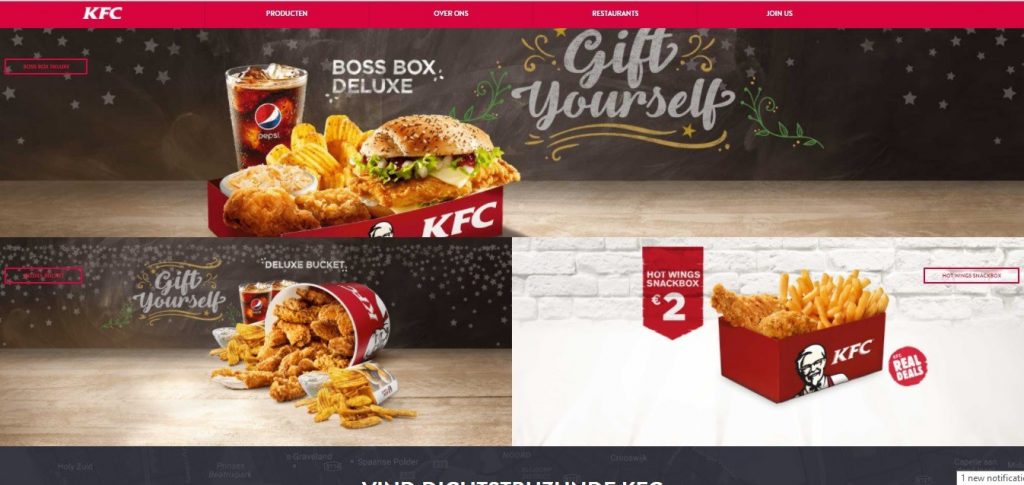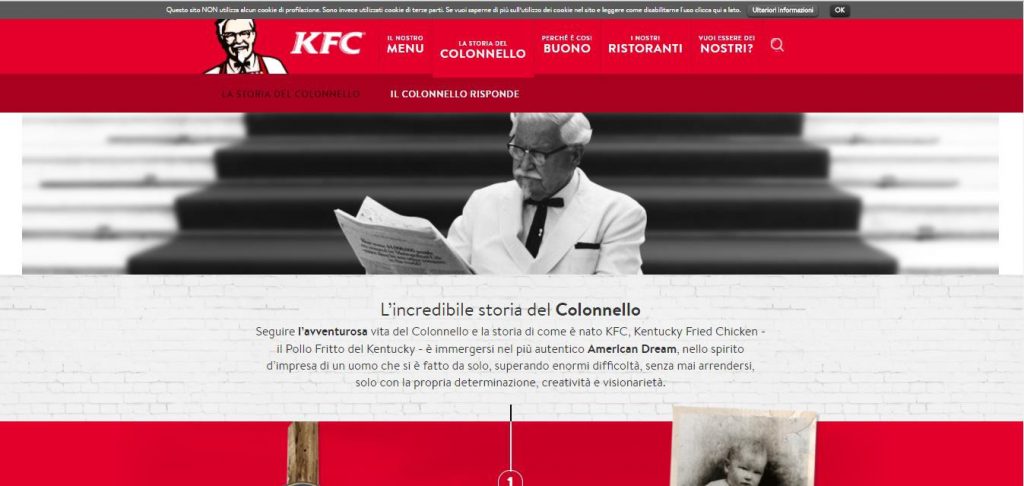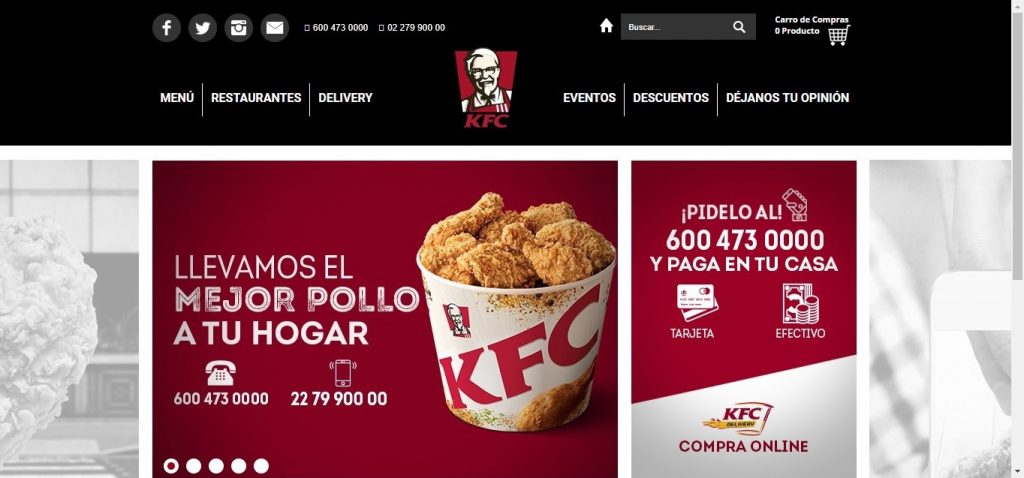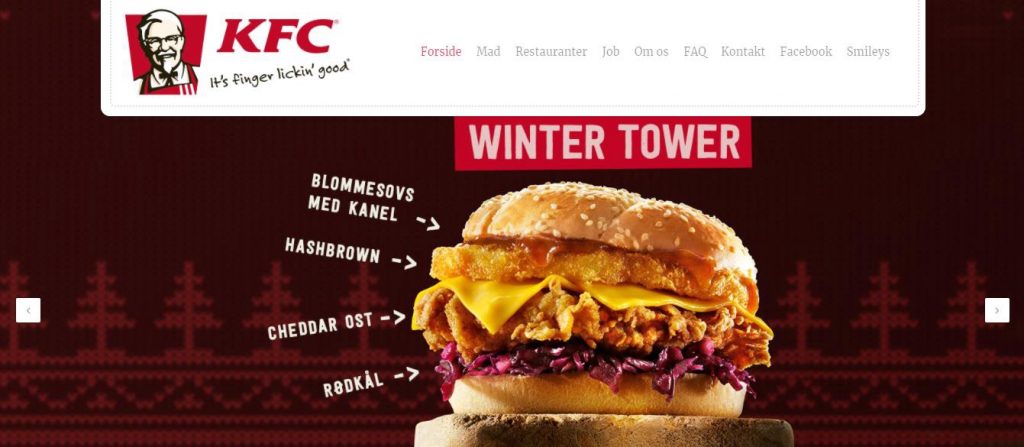Is it possible to sell exactly the same design of a product or service in each and every country? Considering the importance of culture’s effect on every aspect of our lives, the answer to this question would be a big “No”. If a business has decided to expand globally, it should have a general understanding and respect for local culture. Digital products, therefore, should reflect this kind of an understanding.
Culture is a fundamental aspect of design, and user experience designers who — when needed — adopt a cross-cultural user experience strategy are more likely to come up with more usable and useful designs. Users prefer digital products that reflect their cultural characteristics. Failing to respond to this may lead your product to fail cross-culturally.
There are tons of cultural factors to consider in user experience, but let me talk about the most commonly used model of culture which has dominated the psychology literature for a very long time.
According to the model developed by Geert Hofstede, there are 6 cultural dimensions: power distance, individualism vs. collectivism, masculinity vs. femininity, uncertainty avoidance, long-term vs. short-term orientation and indulgence vs. restraint. You can think of these factors on a continuum, from low to high. All cultures possess them to some extent, but some cultures rank higher or lower in specific cultural dimensions as compared to the others.
I examined the website of KFC in different countries and here I’ll discuss how the first four of these cultural dimensions might be relevant to user experience in these websites.
Power Distance
Power distance refers to the degree to which less powerful members of a society accept an unequal distribution of power. If people accept a hierarchical order and don’t seem to need further justification, we can talk about the presence of high power distance. China is a good example for that. Since societies high in power distance are accustomed to authorities, it is important that you should look like an expert.
The KFC website below has been designed for China. As you can see, it is very colourful. Besides, instead of giving loads of relevant information about the product, it shows a picture of a famous person who is normally perceived as an authority figure. This has a substantial effect on customers’ decision to buy a product or service.

Chinese website of KFC
People in low power distance societies, on the other hand, want to equalize the power. For example, Netherlands can be considered as a relatively low power distance society. In such cultures, users are more likely to expect detailed information of your product in the website so as to make their own choices.

Dutch website of KFC
The KFC website designed for Netherlands displayed above is much more minimalistic compared to the Chinese version, and gives you detailed information about the products once you click on them.
Individualism vs. Collectivism
One of the most widely known dimensions of culture is individualism and collectivism. Individualistic societies emphasize independence, autonomy, personal goals, and freedom of choice. For collectivist cultures, on the other hand, relationships with others, obedience to authority, group goals, community and harmony in relationships are more important.

Japanese website of KFC
Japan is a perfect example for a collectivist culture. If you take a look at KFC’s website designed for Japan shown above, you can see that the focus is on communal aspects of KFC restaurants. For example, employees are depicted as a family which is an important value for collectivistic cultures In terms of design, since the focus is mostly on the group, it can be a good idea to show testimonials, or offer the most popular product or best-selling products to customers.
On the other hand, if your target group is from a culture which is relatively individualist such as the USA or Britain, you need to consider the fact that individualistic people value making their own decisions, and that they are concerned with their own goals and interests. Thus, it may be better to keep the focus on the individual and his/her interests.

American website of KFC
KFC website designed for Americans doesn’t focus on collectivist values such as groups of people. Rather, the statement ‘Quality chicken goods for your everyday life’ emphasises individual satisfaction.
Masculinity vs. Femininity
Masculinity in a culture refers to people’s choice toward achievement, assertiveness and material success; whereas femininity refers to people’s choice towards relationships, and caring for the weak. Since people from a more masculine culture consider success and high achievement, offering those people high quality products might be a good design decision. Mexico and Italy are two examples for relatively masculine cultures.

Italian website of KFC
In the Italian website of KFC displayed above, we can see ‘Colonel’s incredible story’ — a success story of KFC.
The US falls somewhere between masculinity and femininity; some parts are more feminine and some parts are masculine (e.g. Wall Street). For feminine cultures, technical details are not very important. Individuals in these cultures simply want to enjoy the product. For those cultures, a colourful and enjoyable product with a few lapses is more valuable than a dull and perfectly working product.

Chilean website of KFC
The above website is from Chile which is considered as a relatively feminine country. The website gives a lot of information about the products. It also has a section where customers can share their opinions.
Uncertainty Avoidance
Uncertainty avoidance speaks of the degree to which people feel comfortable with uncertainty and ambiguity. Cultures with high uncertainty avoidance are considered to be relatively rigid in terms of familiarity and predictability. Most of the Slavic cultures score high in uncertainty avoidance, suggesting that they are not comfortable with uncertainty. People in high uncertainty avoidance prefer familiar products; therefore, offering previously searched products from their web history can be a good idea. However, if you want to launch a brand new product, you should give customers as much information as possible.
If you look at the homepage of KFC website designed for Russia, you can see that it looks simple and classy, and has easy access to its menu.

Russian website of KFC
In contrast, cultures with low uncertainty avoidance are considered to be more open to innovation. For cultures with low uncertainty avoidance like Denmark or the United Kingdom, offering a new product via e-mail may get more customer attention.

Danish website of KFC
Denmark’s KFC website offers company’s new product. Overall, it looks more cheerful and more colourful than Russia’s website.
The Takeaway
There are, of course, many other cultural factors to consider in design. However, the general idea is that your digital products and services should reflect the diversity of your users and customers in order to be successful in a given market. This can be achieved by conducting a thorough user experience research before designing a product for a specific culture. The more you know about your target customers, the more you can understand how they will perceive and react to it.

